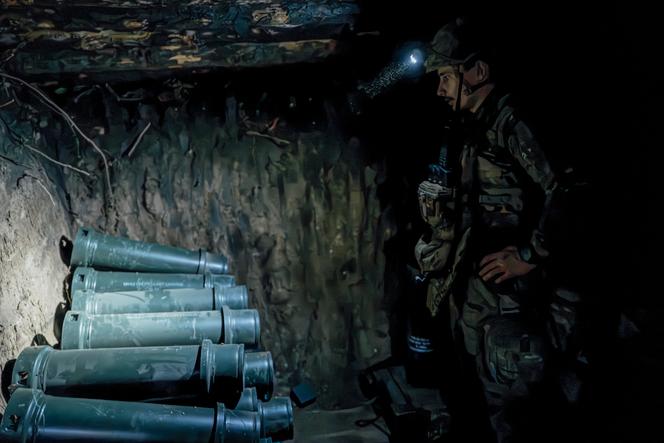


Bathed in the bright orange light of late afternoon, Kramatorsk could almost pass for a peaceful city. Its long blocks of apartment buildings stretch along avenues lined with greenery and café terraces, completing the illusion of a gentle end to summer. Yet artillery rumbled in the distance, and military vehicles loaded with armor raced through the streets in a tense back-and-forth as soldiers headed to the nearby front, just 20 kilometers away.
"You need a lot of nerve to live here," admitted Vladimir, 64, who was sitting with his wife in front of a small supermarket selling a few bunches of grapes on Sunday, August 24, Ukraine's Independence Day. The man – who did not wish to give his last name – had grown used to the sounds of war. "Do we have a choice? Those who couldn't take it have already left," he said. How does one live in Kramatorsk? Vladimir shaped his hand like a gun, pointing it at his temple. "It's Russian roulette. You never know when it'll be your turn, but you know it will come."
The longer the war drags on, the closer the front comes to Kramatorsk, which has become, in practice, the capital of the Donetsk region since the city of Donetsk itself fell to pro-Russian separatists in 2014. The Kremlin's relentless determination to seize this city – which had 150,000 residents before the 2022 invasion – is evident everywhere.
You have 75.75% of this article left to read. The rest is for subscribers only.
